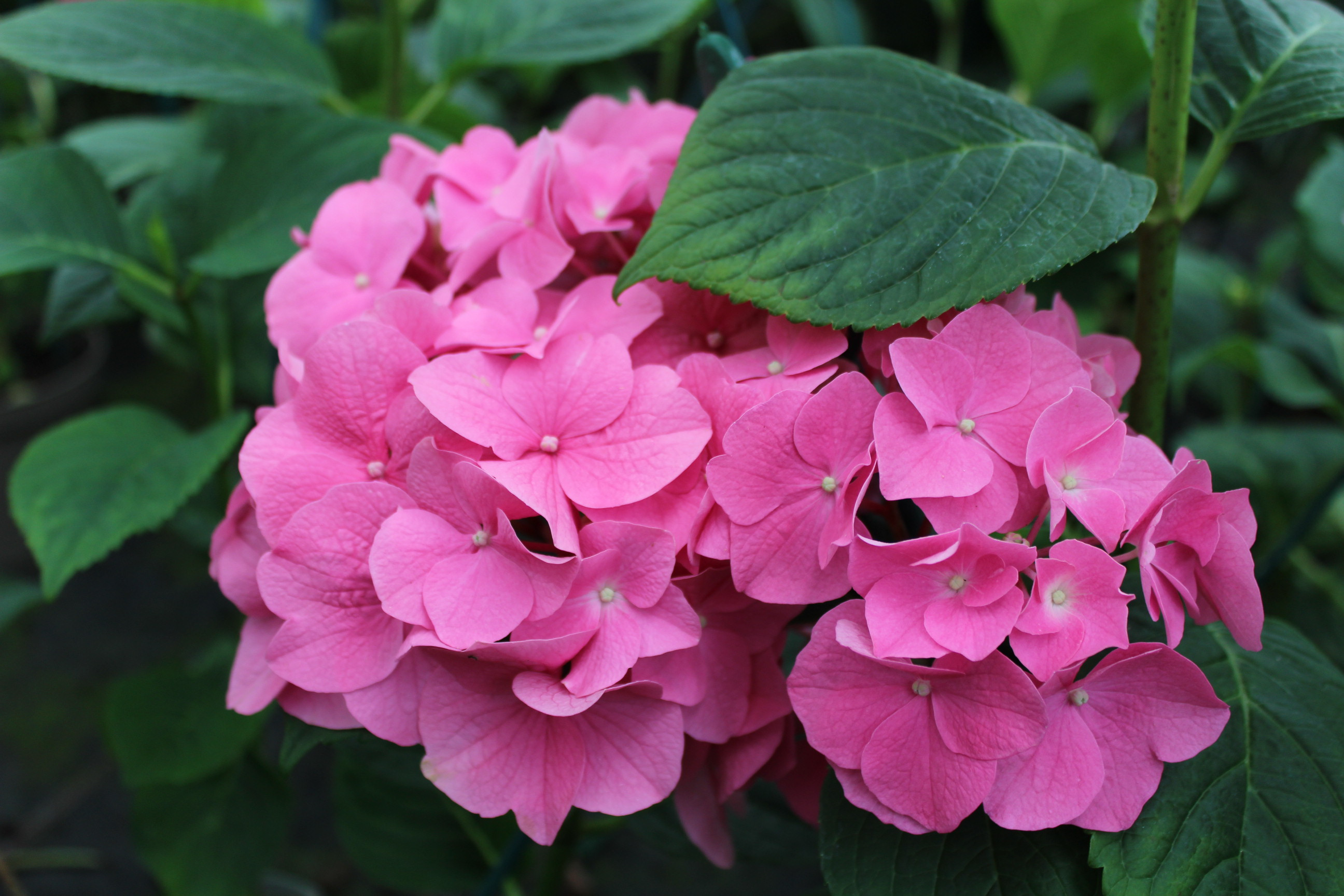How To Grow Hydrangea Macrophylla Rosita The Showstopper Shrub
How to Grow Hydrangea Macrophylla Rosita the Showstopper Shrub
Hydrangea macrophylla Rosita is a beautiful and versatile shrub that can add a touch of elegance to any garden. It is known for its large, showy flowers that can be pink, blue, or purple, depending on the soil pH. Rosita hydrangeas are also relatively easy to care for, making them a great choice for even novice gardeners.
In this blog post, we will discuss everything you need to know about growing Hydrangea macrophylla Rosita, from choosing the right location to providing proper care. We will also provide some tips for troubleshooting common problems.
Choosing the Right Location
The best location for a Rosita hydrangea is one that receives morning sun and afternoon shade. This will help to prevent the leaves from burning in hot, sunny weather. The soil should be well-drained and rich in organic matter.
If you live in an area with cold winters, you will need to choose a location that is protected from the wind. Rosita hydrangeas can tolerate light frost, but they will not survive if the roots are exposed to freezing temperatures.
Planting
The best time to plant a Rosita hydrangea is in the spring or fall. When planting, dig a hole that is twice as wide and as deep as the root ball. Amend the soil with compost or other organic matter. Place the hydrangea in the hole and backfill with soil, tamping down gently. Water well.
Pruning
Rosita hydrangeas do not require a lot of pruning. However, you should remove any dead, diseased, or damaged branches in the spring. You can also lightly prune the shrub in the fall to shape it.
Fertilizing
Hydrangea macrophylla Rosita does not require a lot of fertilizer. However, you can fertilize it once a year in the spring with a balanced fertilizer.
Watering
Rosita hydrangeas need regular watering, especially during the first year after planting. Once the plant is established, it will be more drought-tolerant.
Soil pH
The color of the flowers on a Rosita hydrangea depends on the soil pH. In acidic soils, the flowers will be blue. In alkaline soils, the flowers will be pink. If you want to change the color of the flowers, you can adjust the soil pH.
Troubleshooting
If your Rosita hydrangea is not blooming, there are a few possible reasons. First, make sure that the plant is getting enough sunlight. Second, check the soil pH. The flowers will not bloom if the soil is too alkaline. Finally, make sure that you are fertilizing the plant properly.
Conclusion
Hydrangea macrophylla Rosita is a beautiful and versatile shrub that can add a touch of elegance to any garden. It is relatively easy to care for, making it a great choice for even novice gardeners. By following the tips in this blog post, you can enjoy beautiful Rosita hydrangeas for many years to come.
Hydrangea macrophylla Rosita is a beautiful and popular variety of hydrangea. It is known for its large, rose-colored blooms that appear in the summer. The flowers are borne on the previous year's growth, so they are a reliable bloomer even in cold climates. Hydrangea macrophylla Rosita is a relatively easy plant to care for, and it is tolerant of a wide range of soil conditions.
If you are interested in learning more about Hydrangea macrophylla Rosita, I recommend visiting the . This website provides detailed information about the plant, including its care requirements, growing conditions, and propagation methods. You can also find photos and videos of Hydrangea macrophylla Rosita in bloom.
FAQ of hydrangea macrophylla rosita
Question 1: What are the best growing conditions for Hydrangea macrophylla Rosita?
Answer: Hydrangea macrophylla Rosita is a deciduous shrub that prefers moist, well-drained soil and full sun to partial shade. It is hardy in USDA zones 5-9. To promote fresh, new, vigorous growth on established plants, cut back hard in early spring.
Question 2: What is the color of Hydrangea macrophylla Rosita flowers?
Answer: The flowers of Hydrangea macrophylla Rosita are typically pink, but they can also be blue or purple depending on the pH of the soil. In acidic soil, the flowers will be blue, while in alkaline soil, they will be pink or purple.
Question 3: How tall does Hydrangea macrophylla Rosita grow?
Answer: Hydrangea macrophylla Rosita can grow to be 3-6 feet tall and wide. It is a spreading shrub with large, round leaves.
Question 4: How do I care for Hydrangea macrophylla Rosita?
Answer: Hydrangea macrophylla Rosita is a relatively easy-care plant. It needs regular watering, especially during the summer months. It is also helpful to fertilize the plant in the spring and fall.
Question 5: What are some common pests and diseases that affect Hydrangea macrophylla Rosita?
Answer: The most common pests that affect Hydrangea macrophylla Rosita are aphids, scale insects, and spider mites. These pests can be controlled with insecticidal soap or neem oil. The most common diseases that affect Hydrangea macrophylla Rosita are leaf spot and powdery mildew. These diseases can be prevented by watering the plant at the base and avoiding overhead watering.



Post a Comment for "How To Grow Hydrangea Macrophylla Rosita The Showstopper Shrub"